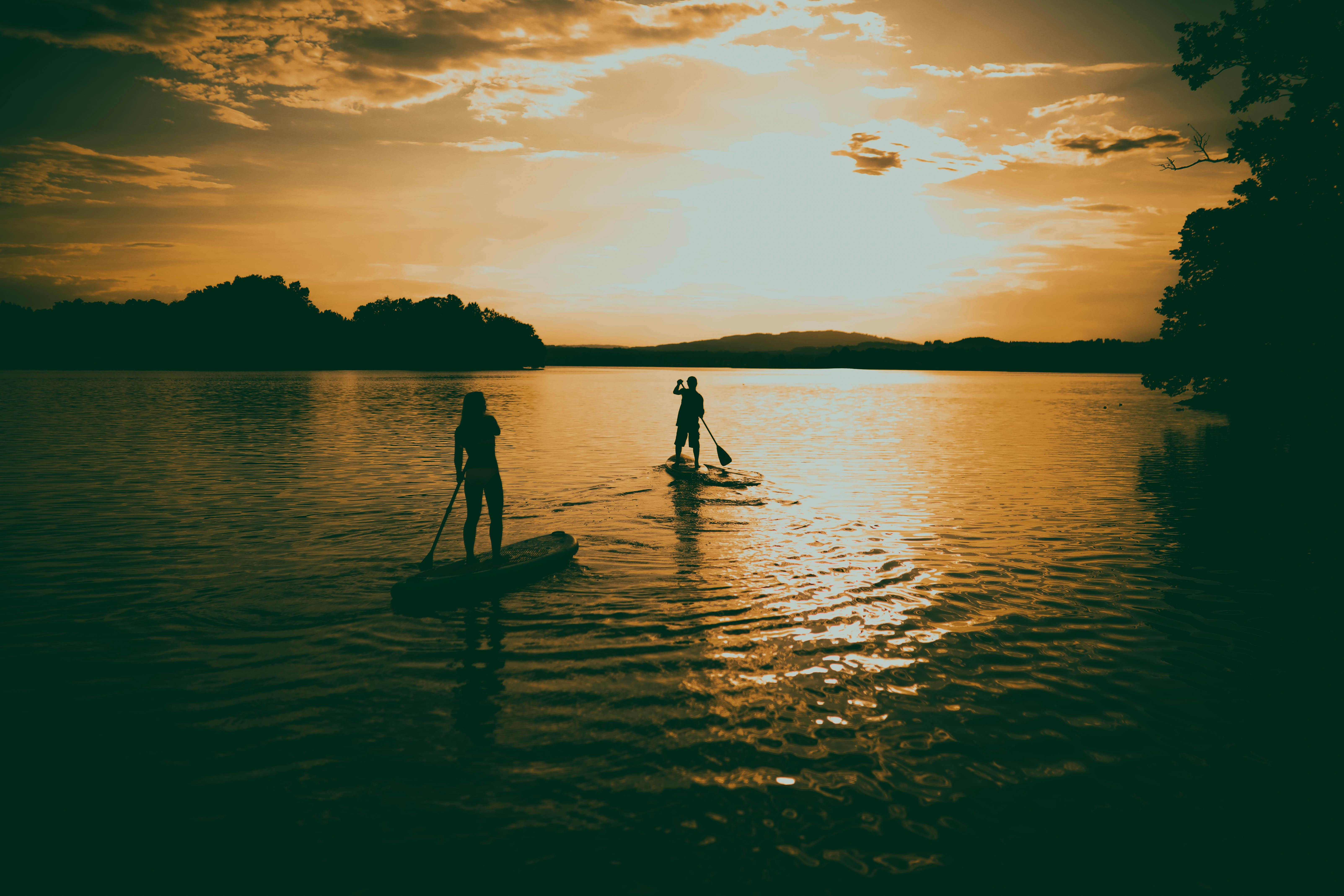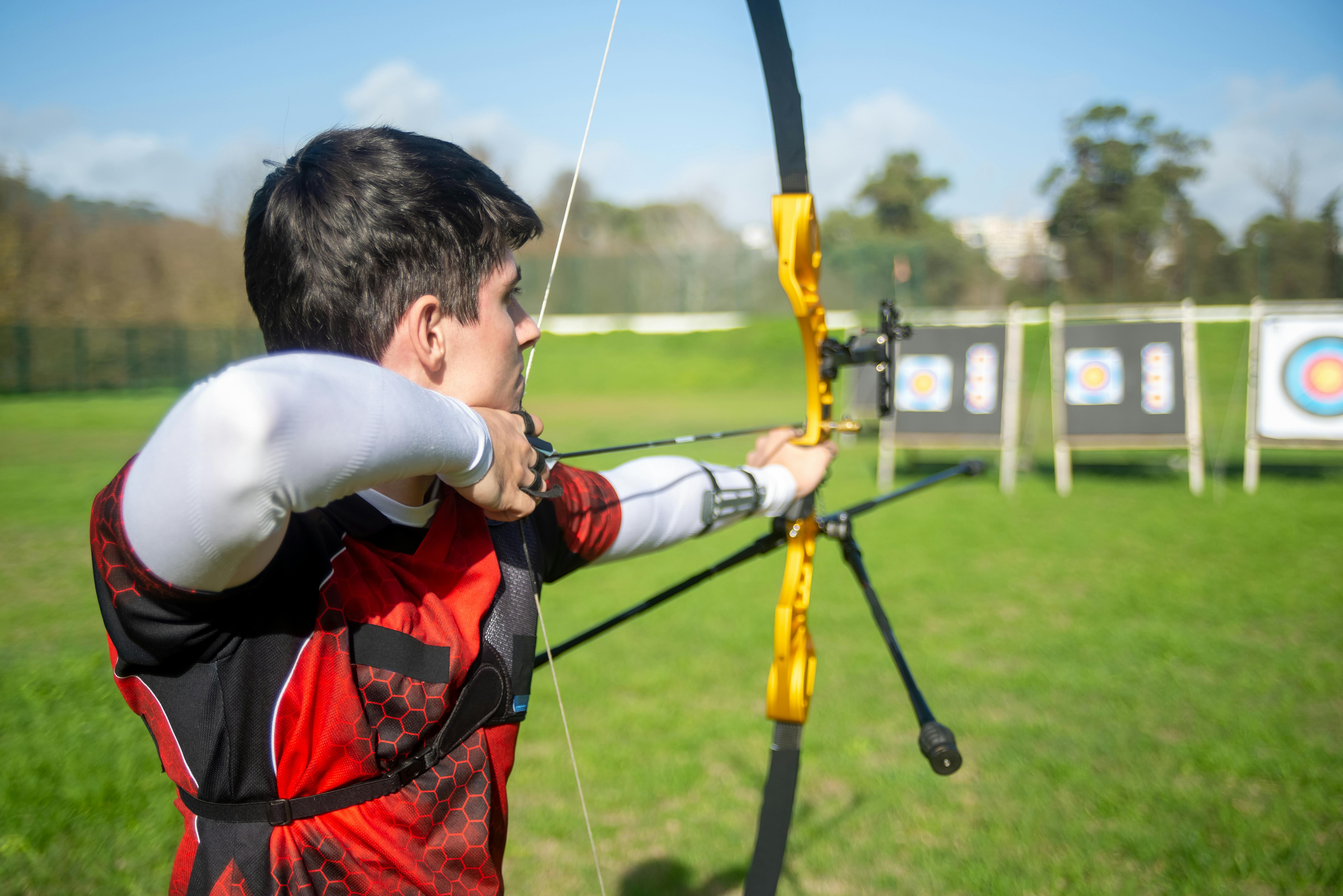The New Wave of Adventure: Paddleboarding Explorations
Adventure is often the heart of travel, with every journey offering an opportunity to discover and experience something new. As an experienced travel expert, I've seen trends come and go, but one outdoor activity is making significant waves in the world of travel and transportation: paddleboarding. This article will delve into the fascinating history, current trends, and practical applications of paddleboarding, offering a fresh perspective on this popular pastime as a unique method of exploration.

A Brief History of Paddleboarding
Paddleboarding boasts a rich history that dates back thousands of years, with roots in various cultures worldwide. Initially used by fishermen in South America and Africa, the sport evolved in Hawaii during the 20th century, becoming a revered pastime for locals and tourists alike. Today, paddleboarding is a global phenomenon, with enthusiasts embarking on adventures across oceans, rivers, and lakes.
The Paddleboarding Phenomenon: A Fresh Perspective on Traveling
The rising popularity of paddleboarding is hardly surprising, given its unique blend of adventure, fitness, and immersion in nature. As a form of transportation, paddleboarding allows travelers to explore coastal areas, rivers, and lakes at their own pace, offering a unique perspective that conventional methods often miss.
Paddleboarding is also an incredibly versatile activity, suitable for everything from tranquil exploration of calm waters to tackling challenging surf or embarking on long-distance journeys. The sport’s adaptability caters to a wide range of abilities and interests, making it a popular choice for adventurers worldwide.
Advantages and Challenges of Paddleboarding Travel
Paddleboarding offers numerous advantages as a travel method. Firstly, it provides a unique vantage point, allowing explorers to engage with their surroundings in a way that traditional travel methods do not. This intimate connection with nature is a core part of the appeal, with paddleboarders often reporting heightened experiences of tranquility and mindfulness.
However, paddleboarding is not without its challenges. It requires physical fitness and skill, particularly for long-distance or rough-water journeys. Safety concerns, such as unexpected weather changes or encounters with marine life, should also be taken into account. Nevertheless, with sufficient preparation and respect for the environment, paddleboarding can be a safe and rewarding travel method.
Paddleboarding Pro-Tips
- Begin with a lesson: Learning the basics from a professional ensures you start on the right foot, mastering essential skills and safety protocols.
- Select the right board: Different paddleboards suit different conditions and activities – do your research before investing.
- Dress appropriately: Consider the weather and water temperature when planning your outfit, and always wear a flotation device.
- Respect the environment: Stick to designated areas, avoid disturbing wildlife, and leave no trace.
Wrapping Up: Paddleboarding as a Unique Form of Exploration
The rise of paddleboarding as a popular mode of travel reflects a growing desire for immersive, active, and eco-friendly travel experiences. By offering a unique perspective of our world’s natural wonders, this sport encourages travelers to engage with their surroundings more intimately, fostering a deep appreciation for our planet’s beauty. Whether you’re an experienced adventurer or a novice explorer, paddleboarding offers an exciting avenue for discovery and adventure.





